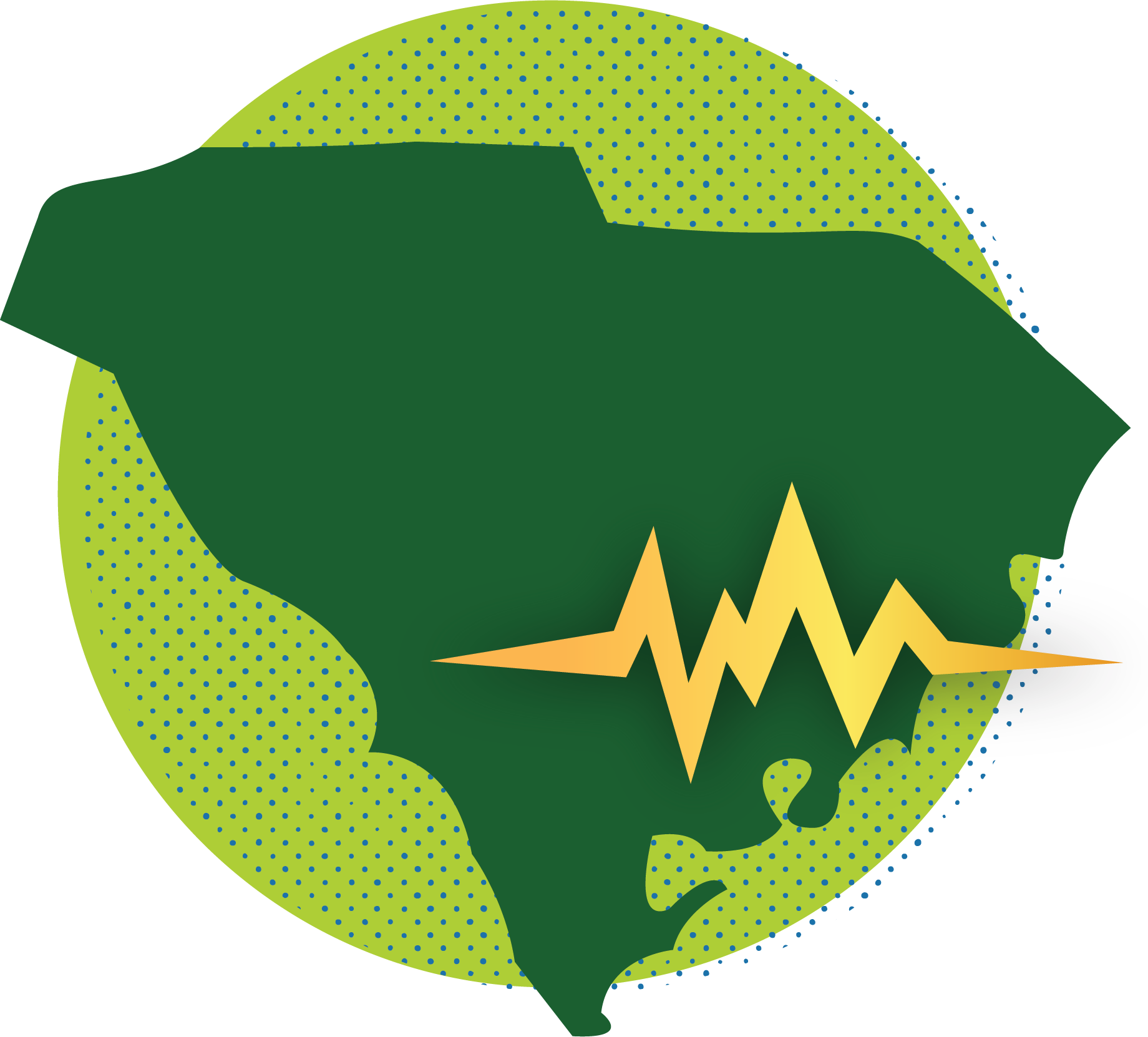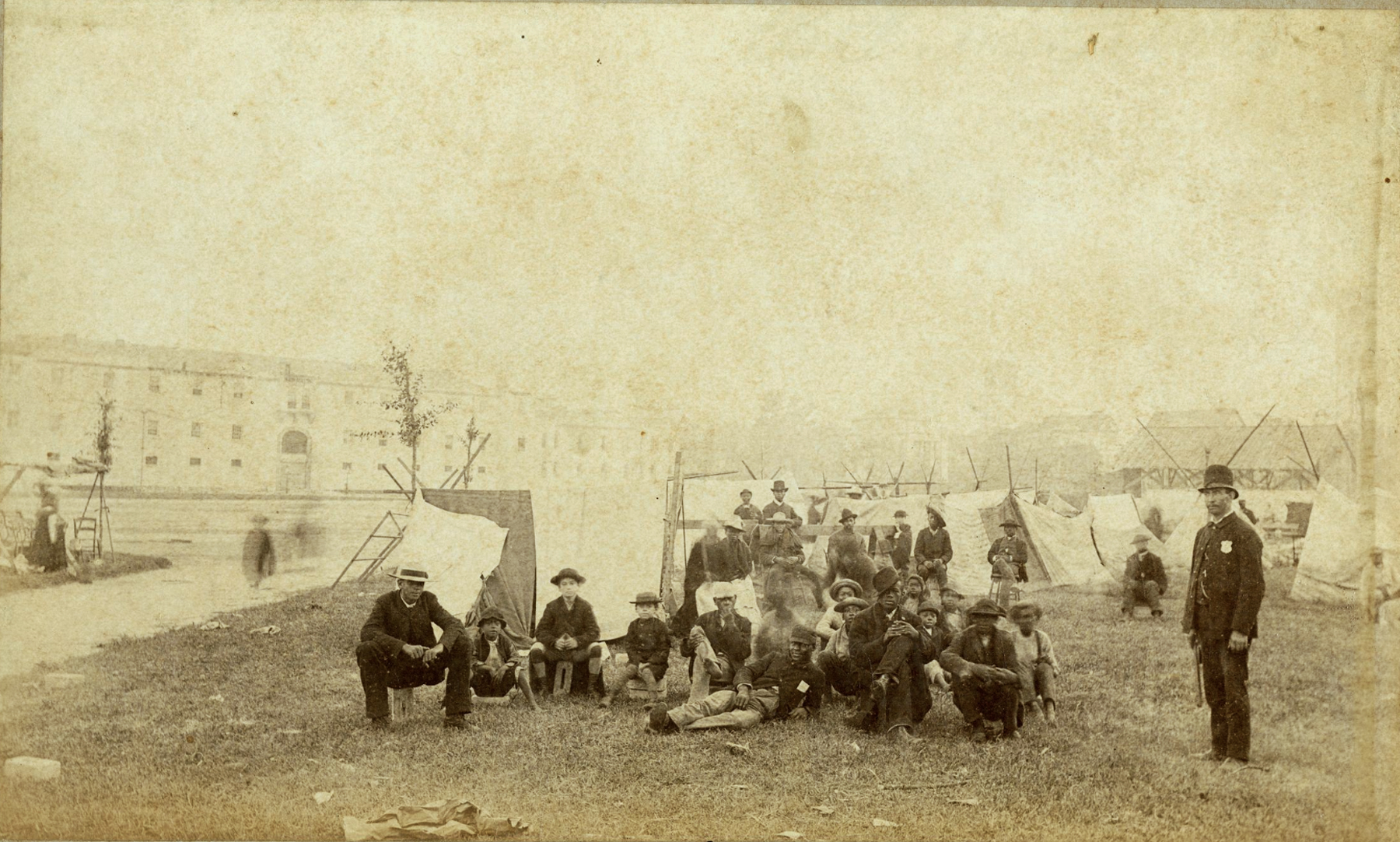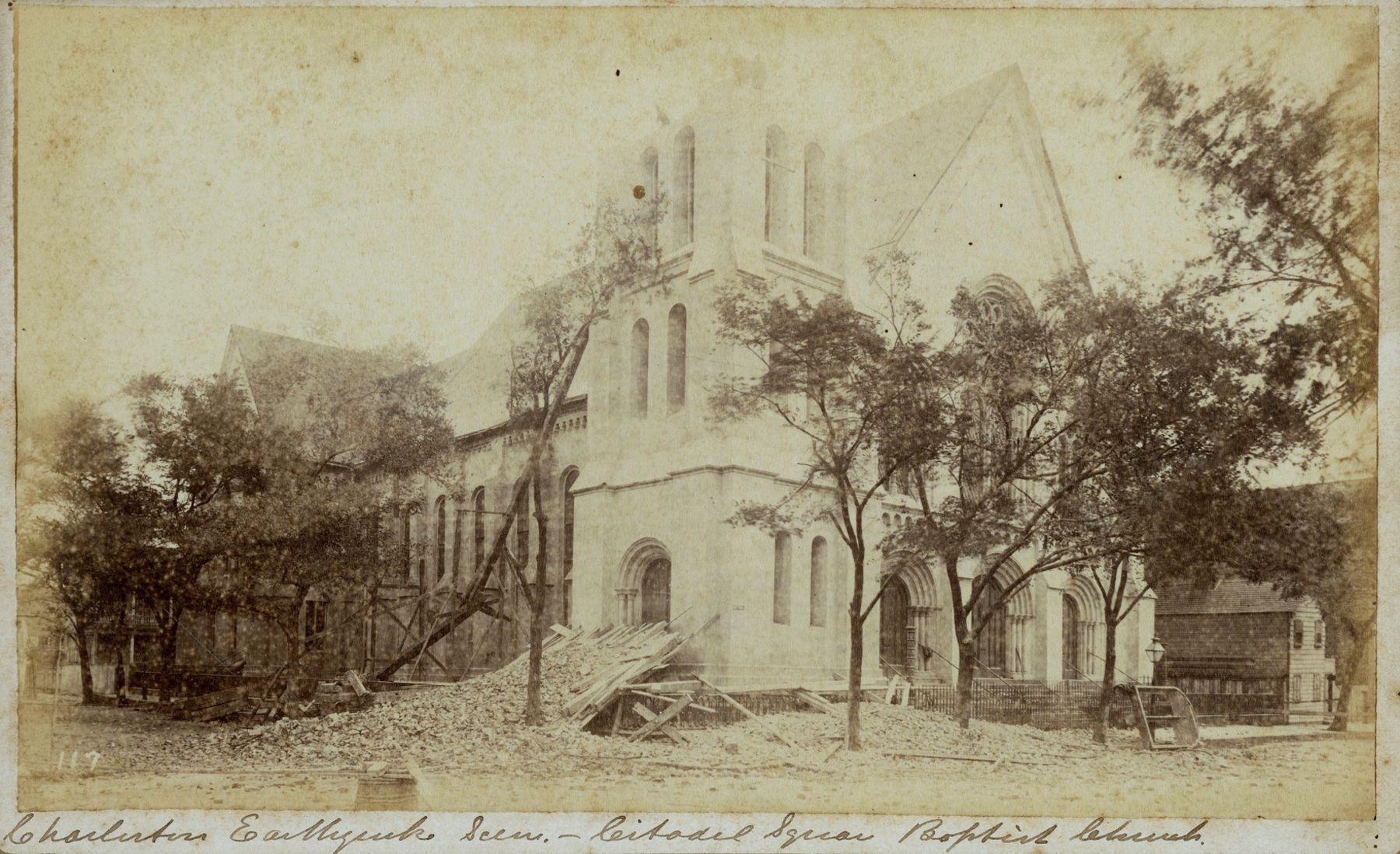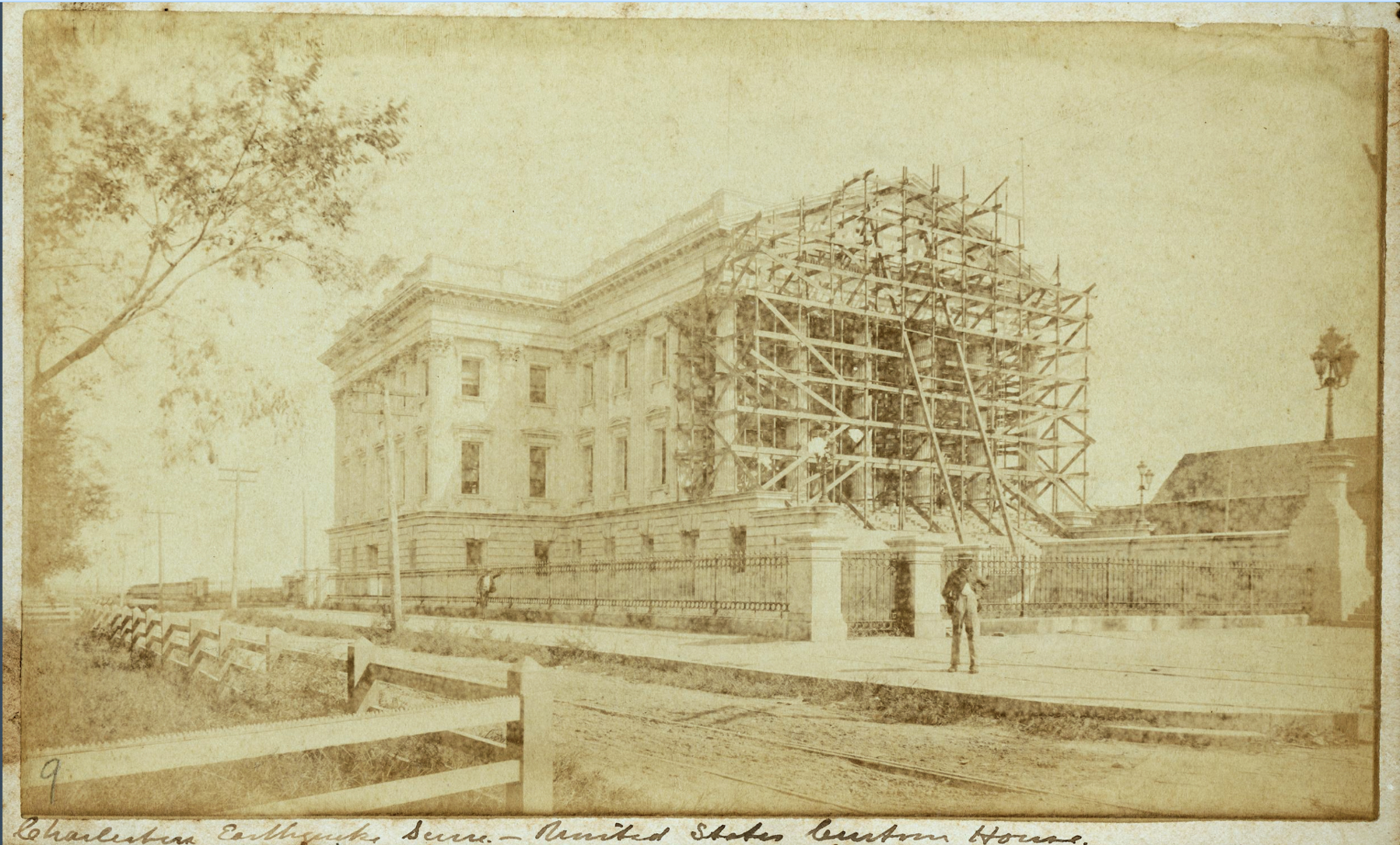History
The two most significant historical earthquakes to occur in South Carolina were the 1886 Charleston/Summerville earthquake and the 1913 Union County earthquake. The 1886 earthquake in Charleston was the most damaging earthquake to ever occur in the eastern United States. In terms of lives lost, human suffering and devastation, this was the most destructive United States earthquake in the 19th century.

Tour The Charleston Earthquake of 1886
A Major Earthquake Of Today
Results of a scientific study commissioned by the South Carolina Emergency Management Division indicate that an earthquake today of similar intensity (7.3) and location to the one in 1886 could have the following results:
Approximately 9,000 (about 20%) would be major injuries requiring hospitalization; fatalities would number about 900. A daytime event would cause the highest number of casualties.
Nearly 70,000 households, or about 200,000 people, would be displaced, with an estimated 60,000 people requiring short-term shelter.
Total economic losses from damage to buildings, direct business interruption losses, and damage to transportation and utility systems would exceed $20 billion.
More than 250 fires would burn, primarily in the tri-county area. The lack of operational firefighting equipment and water due to the earthquake would be a major concern.
About 80% of urban households in the affected tri-county area would be deprived of water. It would take weeks, if not months, to restore the water systems to normal operation.
Close to 800 bridges would be damaged beyond use, thus hampering recovery efforts.
About 63 electric power facilities (51 substations out of 380, and 12 power plants out of 53) would suffer at least moderate damage; about 300,000 households would be without power.
More than 200 schools and more than 160 fire stations would have significant damage. In addition, extensive damage is expected to the large inventory of relocatable school buildings.
More than 36 million tons of debris would be generated.




